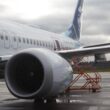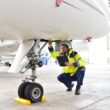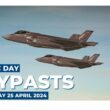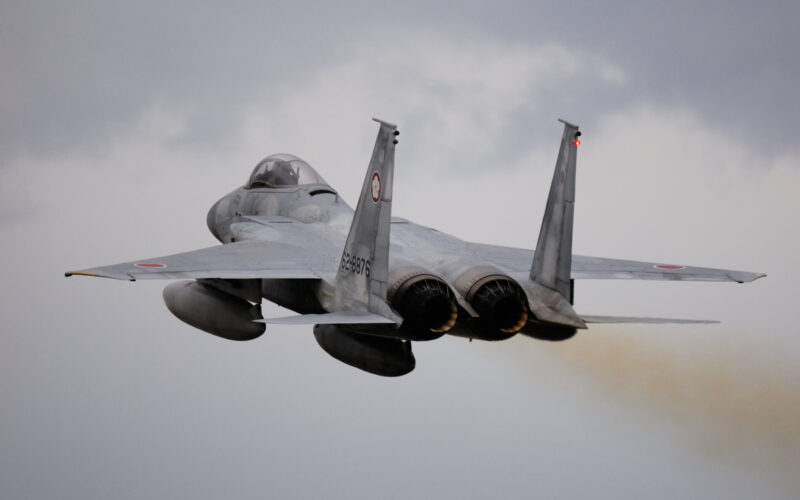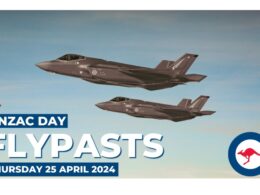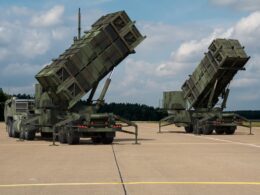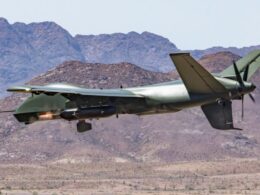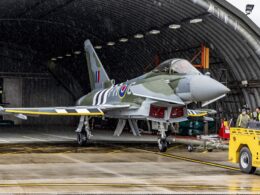Japan’s Air Self-Defense Force (JASDF) changed its air defense strategy in order to lower the number of interceptions. Fighter jets should now only be scrambled when foreign aircraft threaten the country’s airspace.
In the first nine months of the fiscal year 2020 (which starts in April), Japanese fighter jets were scrambled 331 times to intercept Chinese aircraft, 192 times less than the same period the previous year.
The change was made to help free resources for the advanced training of fighter pilots on the newly-deployed Lockheed Martin F-35 Lightning II. Coincidentally, the introduction of the stealth fighter jet lowered the capacity of the JASDF to intercept incoming aircraft. “The F-35 is not suitable for emergency lift-off, and it will become difficult to maintain the same system as before,” the Japanese Ministry of Defense told Kyodo News.
Currently, the main interceptor of the JASDF is the Mitsubishi F-15J, a homegrown version of the McDonnell Douglas F-15 Eagle. However, the Japanese government is reportedly considering the sale of some of its older F-15J fighters to fund the acquisition of more F-35s, which could hinder the capacity of the JASDF even more.
Such a move might look counter-productive at a time when China has increased pressure on its neighbors to claim contested territories. The Taiwanese Ministry of National Defense reported that the Chinese People’s Liberation Army Air Force (PLAAF) flew about 380 sorties into the country’s air defense identification zone (ADIZ) in 2020, the highest number since 1996.
Since 2013, the Japanese territory of the Senkaku Islands (or Diaoyu in Chinese) in the East China Sea is included in the Chinese ADIZ. On September 6, 2018, the Japanese Ministry of Foreign affairs published a report claiming that up to five Chinese vessels enter the Japanese waters every month while sailing daily in its contiguous zone.
To compensate for the reduction in systematic visual identification through interceptions, the Japanese military increased the proportion of land-based long-range radars and early warning aircraft for long-distance monitoring. Pilots of the JASDF remain on alert around the clock to intercept any high-threat aircraft.

